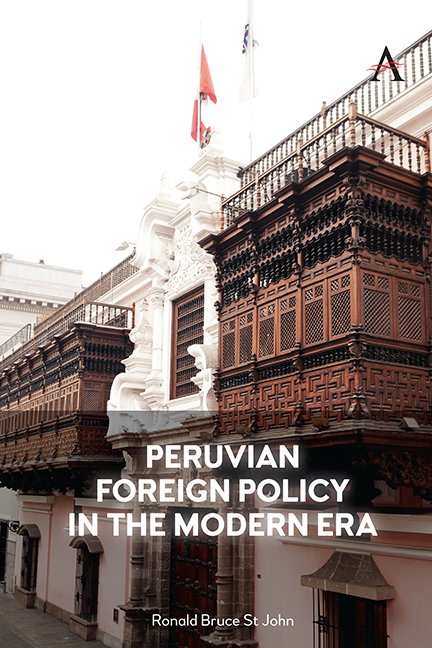Book contents
- Frontmatter
- Dedication
- Contents
- List of Figures
- Acknowledgments
- Abbreviations
- Map
- 1 Introduction
- 2 Alberto Kenya Fujimori, 1990–2000 and Valentín Paniagua Corazao, 2000–2001
- 3 Alejandro Celestino Toledo Manrique, 2001–2006
- 4 Alan García Pérez, 2006–2011
- 5 Ollanta Humala Tasso, 2011–2016
- 6 Pedro-Pablo Kuczynski Godard to Francisco Rafael Sagasti Hochhausler, 2016–2021
- 7 José Pedro Castillo Terrones To Dina Ercilia Boluarte Zegarra, 2021–2023
- 8 Conclusions
- Works Cited
- Index
5 - Ollanta Humala Tasso, 2011–2016
Published online by Cambridge University Press: 28 February 2024
- Frontmatter
- Dedication
- Contents
- List of Figures
- Acknowledgments
- Abbreviations
- Map
- 1 Introduction
- 2 Alberto Kenya Fujimori, 1990–2000 and Valentín Paniagua Corazao, 2000–2001
- 3 Alejandro Celestino Toledo Manrique, 2001–2006
- 4 Alan García Pérez, 2006–2011
- 5 Ollanta Humala Tasso, 2011–2016
- 6 Pedro-Pablo Kuczynski Godard to Francisco Rafael Sagasti Hochhausler, 2016–2021
- 7 José Pedro Castillo Terrones To Dina Ercilia Boluarte Zegarra, 2021–2023
- 8 Conclusions
- Works Cited
- Index
Summary
Taking a page from his predecessor, retired army officer Ollanta Humala Tasso reinvented himself during the 2011 presidential campaign. In 2006, he was a fiery populist, donning red shirts, boasting plans to establish state control over natural resources, criticizing US policies, and touting support from Hugo Chávez and Evo Morales. Five years later, Humala had become a moderate, pro-business social democrat who often wore a business suit. Moreover, Nadine Heredia Alarcón de Humala, the candidate's charming and photogenic wife, was never far from his side—or from the cameras. Brazilian political consultants were central to Humala's transformation from a radical politician into a socially moderate one, attractive to a broader political base and international markets (Aramayo and Pereira 2011; St John 2016, 153). Humala won the first round with 31.7 percent of the vote followed by Keiko Fujimori, daughter of former president Alberto Fujimori, who polled 23.6 percent. In the second round, Humala was elected with 51.54 percent of the vote (Lupu 2012).
Three factors helped to explain Humala's surprising victory. First, the collapse of political parties in Peru led to a fragmented political environment. Ten candidates ran for president in 2011 but only five were truly competitive. Three establishment candidates together won 44 percent of the vote, but none of them won enough votes to move to the second round, opening the door to anti-establishment candidates to advance. Second, despite the economic boom under García, public discontent and distrust of the political system was high due to a weak state and weak democratic institutions. Concerned about crime and corruption, the electorate voted for change. Third, Humala's moderate turn during the campaign, masterminded by Brazilian advisers, helped him win over middle class voters. Fujimori, on the other hand, was unable to distance herself from the authoritarian government of her imprisoned father (McClintock and Vallas 2011).
In most important areas, the foreign policy of the Humala administration closely resembled the foreign policies of the Toledo and García governments. In an interview, Foreign Minister Rafael Roncagliolo Orbegoso rightly emphasized that “the foreign policy of states is based on national interest” and “there exist permanent interests and those that reflect international circumstances.” At the same time, he argued there was an important qualitative difference in the foreign policy of the Humala administration, noting its emphasis on investment, regional infrastructure, and educational and cultural exchange.
- Type
- Chapter
- Information
- Peruvian Foreign Policy in the Modern Era , pp. 41 - 50Publisher: Anthem PressPrint publication year: 2023



